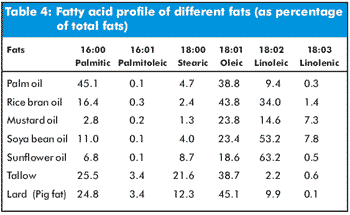

The bodies of animals can assimilate other minerals properly only if these two are present in the correct proportion. Some other nutrients - particularly calcium and phosphorus - must also be added in the form of supplements. If your feed dealer carries powdered milk, you may want to use some as a supplement to rations intended for baby chicks. Another possibility - alfalfa leaf meal - is also high in protein and, in addition, contains large amounts of vitamin A. Soybean meal and meat scrap are two excellent choices which offer a good balance of amino acids. and again, it's best to use a variety of sources. A supplement accordingly must be added to boost the feed's percentage. The average for most cereals, however, is about 10%. The protein content of a grain varies according to where and how the plant was grown. Corn, oats, wheat, and barley - combined in any proportion - will provide an excellent base. You should therefore aim for as much variety as is economically feasible in the cereals which are the main components of mixed chicken feed. MOTHER.) The same holds true for vitamins and minerals: What's lacking in one food may be abundant in another, and no one source can provide all the essentials. (More detailed information on the composition of proteins can be found in Frances Moore Lappé's Diet for a Small Planet. and the best way to be sure of a good balance is to offer a varied diet (as nature intended).

Most sources are deficient in one or more of these acids.
#Poultry feeds formulation full
All protein is composed of amino acids, which must be present in their full range to form a complete, fully usable bodybuilding material. The quality of that supplement, please note, is as important as the amount. and, if permitted, will gobble up bushels of tasty kernels and ignore the protein supplement which they need for good health. They prefer whole grains over ground feed.
/how-to-make-your-own-chicken-or-poultry-feed-3016558-hero-87add941f76d4526becafc5cd8a7a28f.jpg)
#Poultry feeds formulation free
Sorry, but you can't let the hens eat free choice if you use this method. It's also a little more laborious, though, since the correct amount of cereals - about 1/4 pound per bird - must be calculated and served out daily. The second feeding system is more economical because you need have only half the grain ground. You can serve half the feed in the form of whole grains, in which case the other half of the chickens' nourishment must consist of a 20% mix to compensate for the lower protein content of the straight cereals. You can have a 15% ration made up, and keep a supply before your flock at all times. and will either sell you the makings or process ingredients you furnish (for example, grain you've grown yourself or purchased from a farmer). One encouragement to such a project is the following fact: Most grain elevators and other feed dealers will mix and grind a ration to whatever formula you specify. which you can formulate quite easily, given a little knowledge of your chickens' nutritional needs and the food values of grains and protein supplements. A lower-cost, chemical-free alternative is a custom feed mixture. Good-quality commercial poultry rations do fill the bill, but are expensive and almost always adulterated with antibiotics, hormones, and who knows what. and must rely on us, their keepers, for the protein and other nutrients they need to remain healthy, happy, and productive.Īccordingly, fall is the time to lay in a supply of high-protein feed with a proper balance of vitamins and minerals. In cold weather, though, the hens can no longer choose from the gourmet spread of nature's table. Now we must begin to give our animals a little extra help if they're to make it through the long, dead winter.Ĭhickens, for example, can get by quite nicely during the summer on the bugs and green matter they find by themselves (plus a little grain as a scratch feed). As fall descends upon us here in the North - bringing with it frosty nights and then snowy days - most of the green that covers the earth turns to brown.


 0 kommentar(er)
0 kommentar(er)
